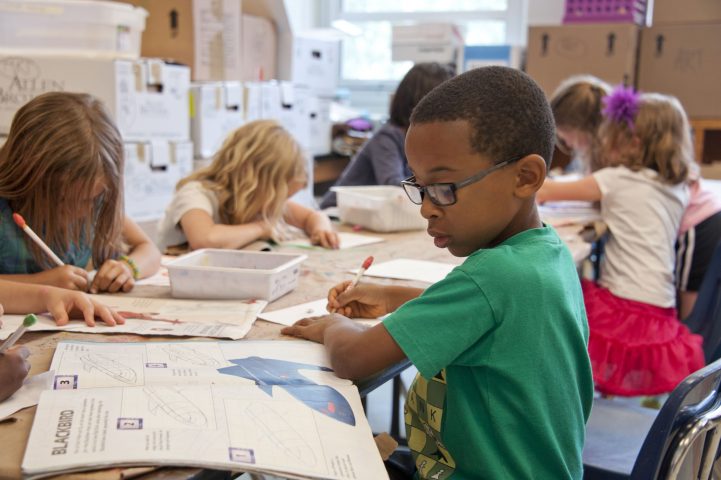A sustainable guide for parents: Preparing your kids for school

Sweden blames digital screens for lack of attainment
August 21, 2023
Your new school year resolutions
August 29, 2023
For most parents, September marks the beginning of a new school year, and as parents, you want to ensure our children’s transition back to school is not only smooth but also sustainable.
Making eco-conscious choices can have a significant impact on the environment and set a positive example for our kids. Here’s a guide tailored to parents, focusing on sustainable practices for the upcoming school year.
#1. Green Transportation to School:
When it comes to getting our kids to school, there are several green options to consider. If the school is nearby, one of the most sustainable options are to walk or bike to reduce emissions and promote their health, taking all safety measures into account. For longer distances, consider the convenience and eco-friendliness of public transport. Additionally, you can organize a carpooling schedule among parents, taking turns to drive all the kids in the same car, reducing the number of vehicles on the road and lowering the carbon footprint. In short, a sustainable back to school begins with the transport we choose.
#2. Sustainable Clothing:
When shopping for school essentials, consider sustainable options for clothing and backpacks. Choose clothing that is durable, made from eco-friendly materials, and suitable for regular use beyond the school environment. Additionally, explore second-hand options for clothing, including online platforms or local thrift stores. It’s not just uniforms; regular clothing can be sourced sustainably too. Some schools and communities also have clothing swaps initiatives, where families exchange gently used clothing. Moreover, opt for second-hand backpacks that are still in good condition instead of purchasing new ones.
#3. Eco-friendly School Supplies:
Before heading to the store to purchase school supplies, check what you have at home. Many times, we already have pens, pencils, and other stationery items that can be reused, saving money, and reducing waste. When you do need to buy new supplies, opt for sustainable and eco-friendly options. Avoid plastic and look for renewable, reusable, and recyclable alternatives. Swap disposable pens for refillable ink pens and plastic tape for eco-friendly alternatives. Choose hole punches and reusable string ties over staples whenever possible.
#4. Make better tech choices:
Technology plays a crucial role in education, but it can also have environmental implications. To align with sustainable practices, just like your clothing, consider using second-hand or refurbished calculators, tablets, or computers. By doing so, we reduce electronic waste and contribute to a more sustainable tech industry. This approach connects with the idea of reusing second-hand items, just like it’s done with clothing and backpacks.
#5. Mindful Choices at the Canteen:
The choices we make at the school canteen can also have an impact on the environment. Encourage your kids to participate in food decisions at home by teaching them good habits that they can incorporate to their lunch choices at school. Opt for more sustainable food options, such as plant-based meals or meals with a lower carbon footprint. If possible, choose locally sourced, organic, and seasonal food. Another eco-friendly option is for your children to take their own home-made lunch to school, packed in reusable containers to limit the use of single-use plastics.
By adopting these sustainable practices, parents can play a crucial role in teaching children about the importance of caring for the environment. Let’s make this back-to-school season an opportunity to create positive change and set an example of conscious living for future generations. Together, we can make a difference!
What next?
Find more sustainability tips on our blog:
- The sustainable way to buy paper
- What is the doughnut economy?
- Are printed magazines a sustainable branding choice?
- The Navigator company is awarded top ESG honor
- Paper packaging and the circular economy
- Small changes that you can make to mark World Earth Day



